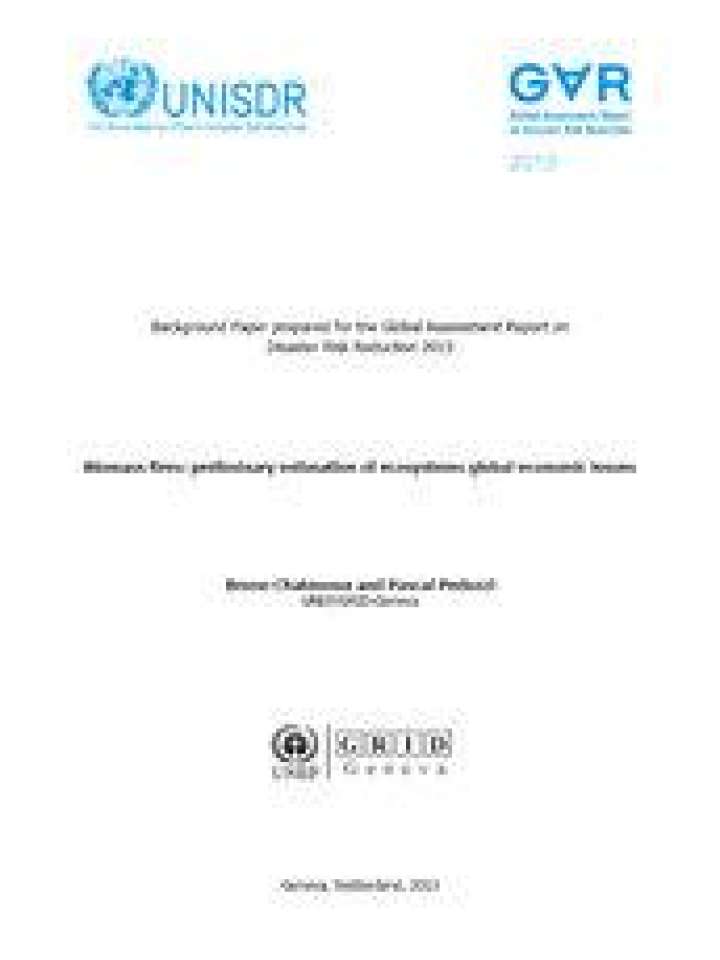Biomass fires: Preliminary estimation of ecosystems global economic losses
This study aims at identifying current available information for quantifying the economic losses from burnt ecosystems. Its main objective is to highlight gaps and identify where improvements are needed in order to achieve a more precise evaluation of these economic losses. We are providing here a trend on observed burnt areas by region and by ecosystems and a first conservative estimation of the global economic losses from burnt ecosystems.
The highlights of this report, are the following:
- Globally, biomass fires are burning yearly (in average) between 3 and 4.5 million km2 depending on years and sensor used. Africa is by far the main region affected.
- Biomass fires affect both local and global environment, impacting local biodiversity, soil, as well as producing a large amount of Green House Gases, which affects the global climate.
- Methodologies for evaluating the value of ecosystems (and related services) are still in their preliminary stage and there is a large level of uncertainties and margins of errors.
- Despite these gaps in knowledge, even using a conservative approach based on minimal values lead to colossal economic losses bringing a new light on the economics of wildfires impacts.
- Such a level of uncertainties can bot be left associated with such potential high economic losses. It is, therefore a priority to improve the methodologies so that margins of errors are largely decreased.
This document is an input paper of the 2015 Global Assessment Report on Disaster Risk Reduction.
Explore further
Hazards
Wildfire
